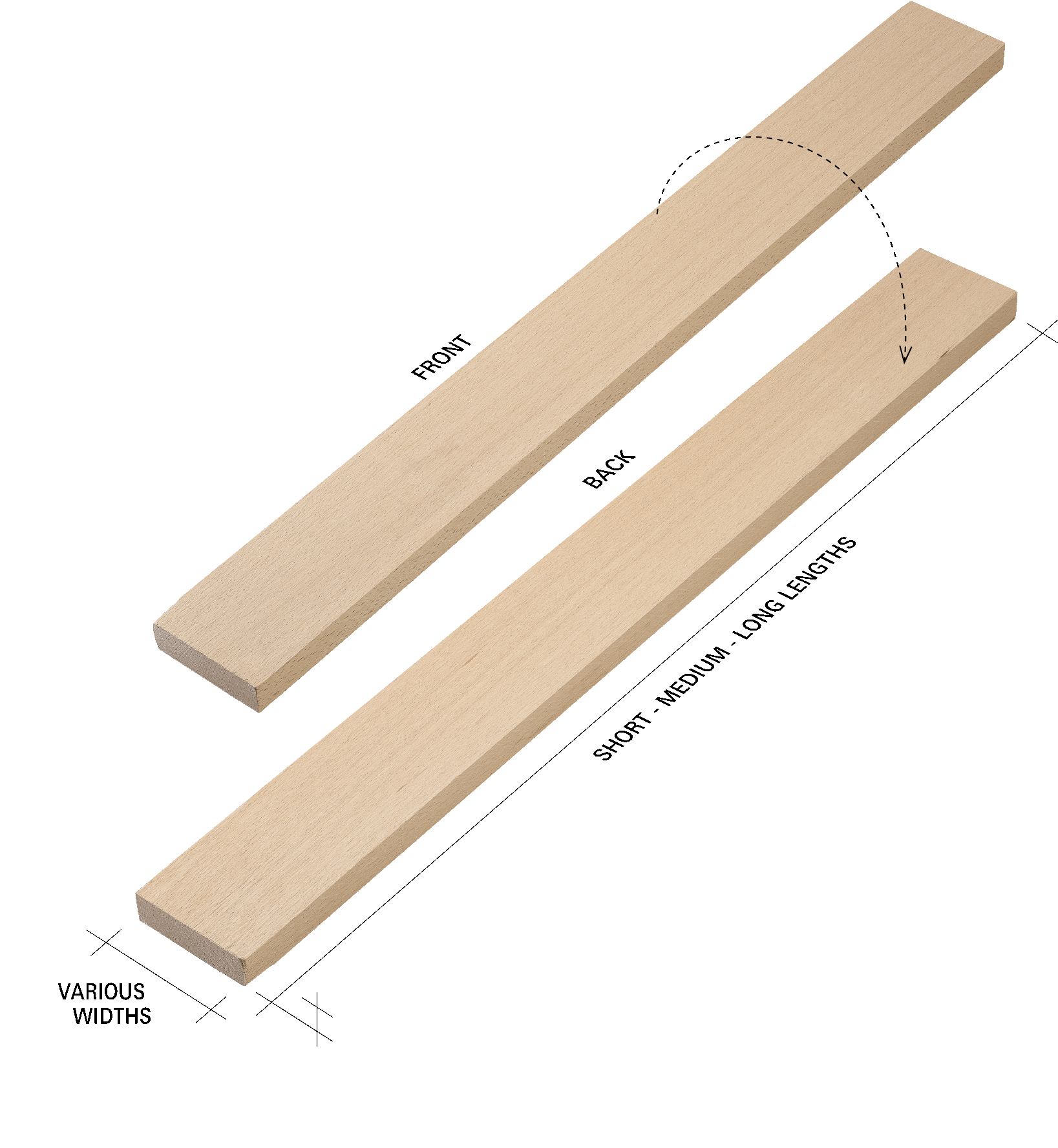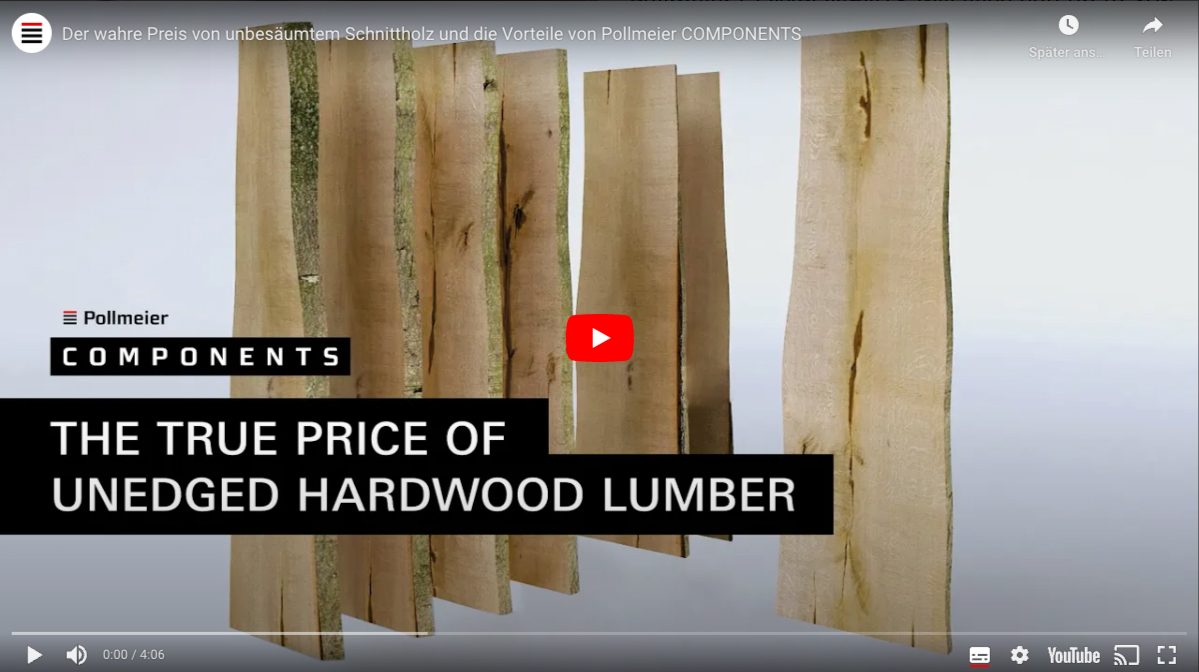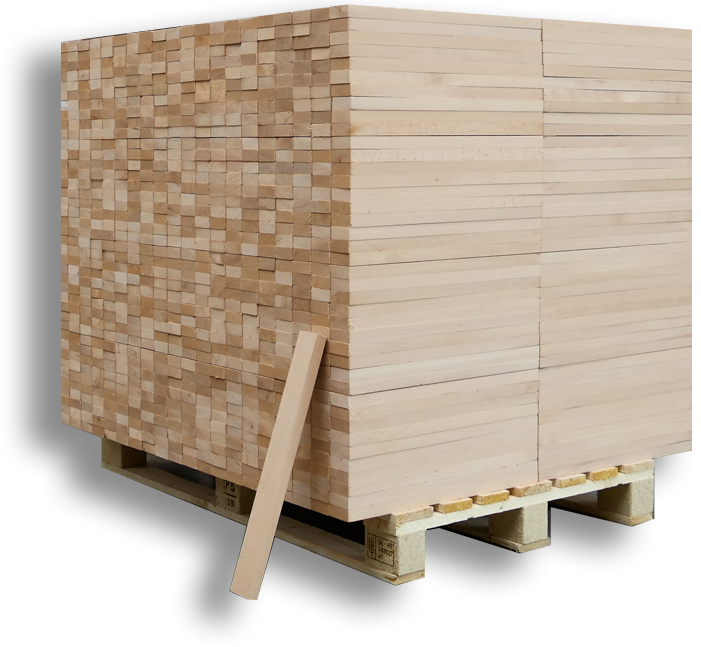#UseWoodBetter
Products
europe’s largest hardwood producer and world market leader for beech timber.
COMPONENTS // Solid Beech
Softwood lvl & Baubuche
Downloads
Click here to check and download our full range of products
Components

We deliver from stock
In various widths and lengths
Dried and conditioned
Quality hardwood look
Ready to use saving cost
100%
natural

How does COMPONENTS make you save costs compared to sawn timber?
With our cut-to-size solid beech you just get what you need and save more than 30%. High availability, variety of standard dimensions shiped from our high-bay warehouse in short lead times.
Pollmeier opened its new high-bay warehouse in Aschaffenburg in March 2023.
We have more than 342 standard-dimensions from stock
They are ready for delivery from our high-bay warehouse with 25.000 pallets capacity.
Get your test pack now!
Our sales team will find the ideal cut to size quality that enables your production to manufacture at the lowest possible unit costs.
Learn more about us and our products in upcoming
news & events
Keep up to date with all our activities and upcoming events! We look forward to meeting you in person on the next occasion.
Sign up for our COMPONENTS newsletter to access the daily updated stock list.
Get in touch
Want to know more or do you have a question?


